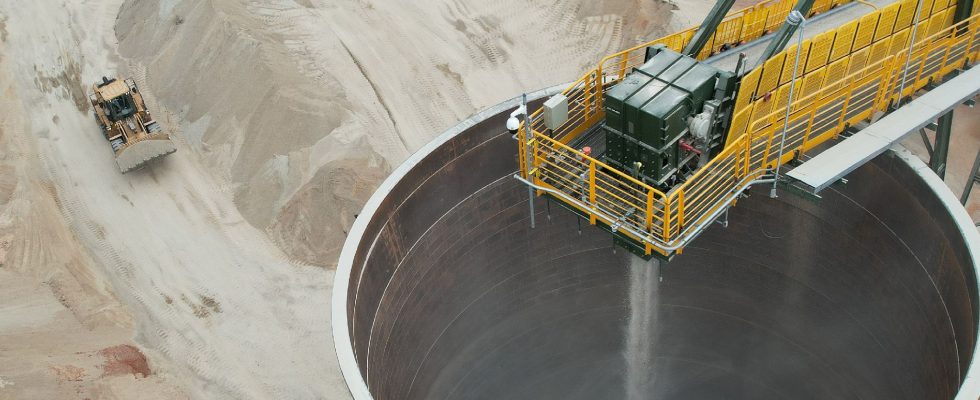They are all at once: a new black gold and a threat; the El Dorado and the weak link in the energy transition. The perspective fluctuates, depending on the volume of wealth buried under a territory, as were – and are – hydrocarbon deposits. “Lithium and rare earths will soon be more important than oil and gas,” summarized Ursula von der Leyen, the president of the European Commission, last year. Metals are in fact at the heart of the ecological transition in the broad sense, as they are essential to the transport, energy and new technologies sectors. The need for critical minerals and metals, already rising sharply, will have to be multiplied by 3.5 worldwide by 2030, if we aim for carbon neutrality twenty years later, estimates the International Energy Agency (OUCH). She is organizing the first international summit on the subject in Paris on September 28. A sign of the priority that knowledge of the subsoil and its treasures has become.
In France too, this concern is coming back in force. Since the submission in January 2022 of the Varin report on securing the supply of mineral raw materials, the executive has stepped up initiatives. In a few months, he created a national observatory, Ofremi, appointed an interministerial delegate responsible for the issue, worked on strategic partnerships with other nations, launched an investment fund and a vast research program on responsible and sustainable use of the subsoil. Without forgetting the discussions he is holding with the Bureau of Geological and Mining Research (BRGM) for the relaunch of an exhaustive “inventory of resources”. “The principle is generally accepted,” assures Christophe Poinssot, Deputy Director General of BRGM. The program – which could also collect a lot of information on water resources, natural risks or land use planning – and the financing remain to be decided.
It was time ! The last mining inventory dates from the 1970s and 1980s. “It remained at shallow depth and did not cover all the areas or all the chemical elements, only what was of interest at the time. Lithium, for example, was not one of them,” recalls Christophe Poinssot.
“We are experiencing a second awakening of the mine”
Long decades of “depression” followed, image Olivier Vidal, research director at the CNRS/Institute of Earth Sciences in Grenoble: “It was not a priority. The supply was fluid.” Deindustrialization was then in full swing, French mines were closing and imports from countries with cheaper labor and little regard for environmental requirements made things easier. Even in research, the theme attracted little attention. “Twenty years ago, working on metals was not very yé-yé,” confirms Olivier Vidal. Result: “The basement has long remained unthought of in the public and political debate,” regrets Christophe Poinssot.
A first surge came at the turn of the 2010s with the “rare earth crisis” between China and Japan, revealing the importance of access to raw materials. In 2011, the French government created the Committee for Strategic Metals (Comes). “There was a political awareness that around twenty substances were monopolized by China. But Comes was not only an underground affair, rather a place of dialogue dedicated to the industry”, recalls Alain Liger, its secretary general from 2013 to 2016. The period is concomitant with the “mining renewal” advocated by Arnaud Montebourg, then Minister of the Economy. “Which failed quite quickly, due to lack of allocated resources”, agrees Sébastien Chailleux, lecturer at Sciences Po. Similar fate for the “responsible mining” approach (2015) of his successor, Emmanuel Macron, whose charter lacked a binding part.
The Covid crisis and the war in Ukraine have reactivated the pressure. “We are experiencing a second awakening of the mine, with more files moving forward, continues Sébastien Chailleux. Political support is also more important. The actors need it in the long term. But will it last? the whole question.”
